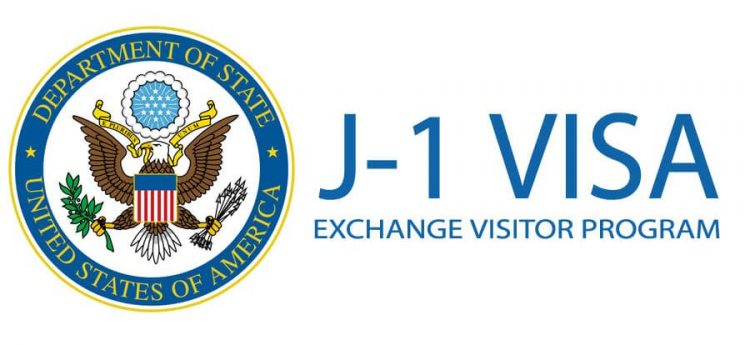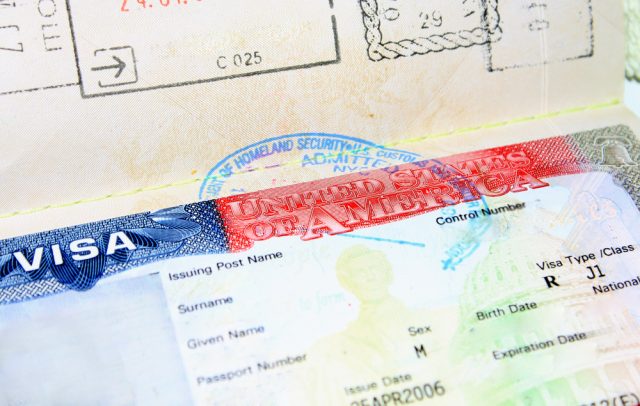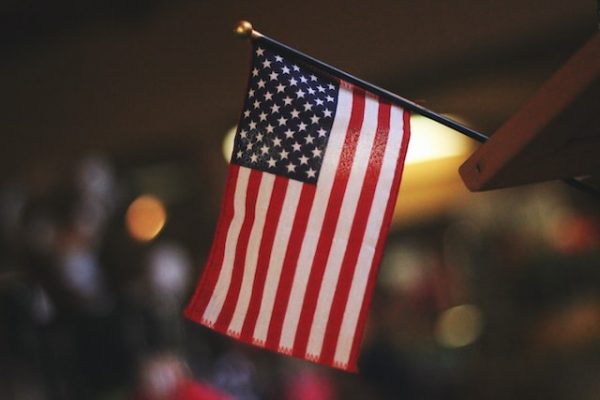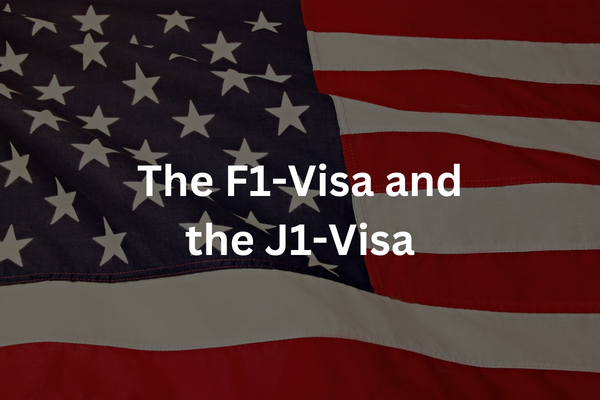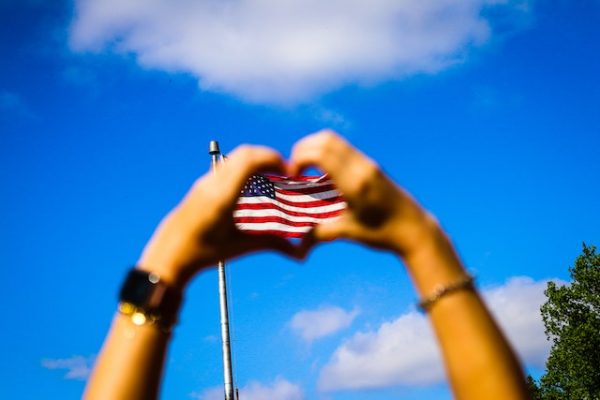Generally, a citizen of a foreign country who wishes to enter the United States must first obtain a visa, either a nonimmigrant visa for temporary stay, or an immigrant visa for permanent residence. Exchange visitor (J) visas are nonimmigrant visas for individuals approved to participate in exchange visitor programs in the United States.
The first step is to apply and be accepted into an exchange visitor program in the United States through a designated sponsoring organization. WorkStudy can assist you in this endeavor!
You will be registered for the Student and Exchange Visitor Information System (SEVIS) and must pay the SEVIS I-901 fee after the exchange visitor program accepts your participation. Then, there comes the visa, which requires several steps to apply. The order of these steps and how you complete them may vary by U.S. Embassy or Consulate.
Where to Begin?
You must complete the Online Nonimmigrant Visa Application, Form DS-160 first and print the application form confirmation page to bring to your visa interview. You will also need to upload your photo while completing the online Form DS-160. Your photo must be in the format explained in the Photograph Requirements.
You should schedule an appointment for your visa interview at the U.S. Embassy or Consulate in the country where you live. Wait times for interview appointments vary by location, season, and visa category, so you should apply for your visa early. The visa has an application fee of $160.
Of course, this is all after you have already selected your programs and finalized your choice. If you have already done that, you can further read the article. But if you haven’t, what are you waiting for? WorkStudy can help you with deciding on these programs. Read this article to further know about the programs included in the visa.
You should also gather required documents for the interview.
- Passport (Valid for at least six months of your stay in the US)
- Nonimmigrant Visa Application, Form DS-160 confirmation page
- Application fee payment receipt, if you are required to pay before your interview
- Certificate of Eligibility for Exchange Visitor Status, Form DS-2019
- Training/Internship Placement Plan, Form DS-7002
- Additional Documentation May Be Required ( English Proficiency Certificates, Graduation Certificates, Medical Histories, Criminal Histories)
Evidence of your employment and/or family ties may be enough to demonstrate the purpose of your trip and your desire to return to your home country. If you are unable to cover all of your travel expenses, you may show proof that another person will cover some or all of them.
A consular officer will interview you in order to determine whether you are eligible for an exchange visitor visa. To obtain a visa, you must demonstrate that you meet the legal requirements of the United States.
As part of the application process, digital fingerprint scans are taken without the use of ink. They’re usually taken during your interview, but it depends on where you are.
The consular officer may determine that your application requires additional administrative processing after your visa interview. If this is required, the consular officer will inform you.
After the visa is approved, you may need to pay a visa issuance fee (if applicable to your nationality), and make arrangements for the return of the passport and visa to you. Review the visa processing times to learn more.
NOTE: When you agree to participate in an Exchange Visitor Program and your program falls under the conditions below, you will be subject to the two-year home-country physical presence (foreign residence) requirement. This means you will be required to return to your home country for two years at the end of your exchange visitor program. This requirement under immigration law is based on Section 212(e) of the Immigration and Nationality Act.
Entering the United States
Entry to the United States is not guaranteed by a visa. A visa allows a foreign national to travel to a United States port of entry (usually an airport) and request permission to enter the country. At the port of entry, officials from the Department of Homeland Security (DHS) and US Customs and Border Protection (CBP) have the authority to grant or deny admission to the United States.
A CBP official will make this decision after you present your passport, visa, and DS-2019 at the port-of-entry. The CBP official will give you an admission stamp or a paper Form I-94, Arrival/Departure Record, once you are allowed to enter the United States.
Change of Status
If your plans change while you’re in the United States (for example, if you marry a US citizen or get a job offer), you may be able to request a change in your nonimmigrant status through US Citizenship and Immigration Services (USCIS). To learn more, go to the USCIS website and click on Change My Nonimmigrant Status.
Receiving a change of status from USCIS does not require you to apply for a new visa while you are in the country. However, once you leave the United States, you must apply for a visa in the appropriate category at a US Embassy or Consulate.
How does the Program Work??
A work visa is required to legally work in the United States. In the case of a J-1 visa, a sponsor organization, not your host company, will be required to sponsor you. The US has designated a large number of sponsors (over 1500!) for the visa. So keep in mind that you won’t be able to finish your visa application without a J-1 sponsor.
So, between you and the visa, there are four prerequisites that you need for getting a J-1 visa: you, the hiring company, the visa sponsor and the US Government. However, until you receive a job offer, these organizations will not be able to sponsor you for a J-1 visa. You can apply for a visa once you’ve found a company that offers a trainee program.
There is no quota, and you can submit your application at any time during the year.
If you are confused about the whole process, don’t worry! We can help you throughout the entire process if you apply with us. Want to apply for the visa with WorkStudy? Fill up this application form and we will reach out to you!
Additional Information
A valid U.S. visa in an expired passport is still valid. Unless canceled or revoked, a visa is valid until its expiration date. Therefore, a valid U.S. visa in an expired passport is still valid. If you have a valid visa in your expired passport, do not remove it from your expired passport. You may use your valid visa in your expired passport along with a new valid passport for travel and admission to the United States.
Want to learn how the program works? Read on the program process here.
FAQ
What is the Certificate of Eligibility for Exchange Visitor Status, Form DS-2019?
Your program sponsor will provide you a SEVIS-generated Form DS-2019 after the sponsor enters your information in the Student and Exchange Visitor Information System (SEVIS) database. All exchange visitors must be registered in SEVIS. Your spouse and/or minor children, if they intend to live in the United States with you, will each receive a separate Form DS-2019.
What is the Training/Internship Placement Plan, Form DS-7002?
In addition to the Form DS 2019, participants in the J-1 Trainee and Intern categories require Form DS-7002 (based on Box 7 on Form DS-2019). The training plan (Form DS-7002) is the most important document your intern or trainee will have during their program.
Because it describes what the intern or trainee will do during their program, what skills they will learn, how cultural exchange will be encouraged, and how their performance will be measured.


